Introduction to the Bunsen Burner
Visión general
The Bunsen burner, named after and co-designed by Robert Bunsen in 1854, is a common laboratory instrument that produces a hot, sootless, non-luminous flame. The Bunsen Burner allows for precise regulation of the mixing of gas and oxygen in its central barrel before combustion, which ignites the flame. By manipulating the Bunsen burner, both the size and temperature of the flame can be controlled. Among other uses, the heat of a Bunsen burner flame can be used to create a convection current, which heats the space above the flame and lifts any particulates in the air up and away from the cooler air underneath it, keeping this work area sterile. Working with an open flame requires extra caution. Always remember to secure any loose hair, clothing, or accessories before lighting a Bunsen burner and to always have the proper safety equipment, like a fire extinguisher and/or a fire blanket, on hand. Taking the time to understand how to use a Bunsen burner and what safety equipment to have on hand will allow you to operate this useful laboratory tool with safety and confidence.
Procedimiento
A Bunsen burner is a laboratory instrument that can be used to provide a single, continuous flame by mixing gas with air in a controlled fashion. The ratio of gas to air that is mixed together can be manually adjusted, allowing the user to control the intensity, temperature, and size of the flame. The flame can then be used to heat or sterilize laboratory reagents and equipment.
All Bunsen burners are made up of the same basic components. The barrel, or burner tube, is where the air and g
Saltar a...
Vídeos de esta colección:
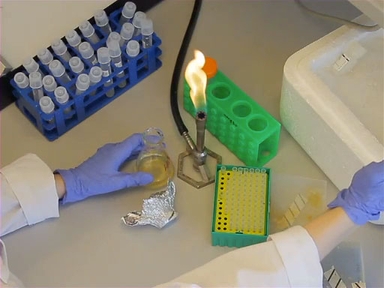
Now Playing
Introduction to the Bunsen Burner
General Laboratory Techniques
207.9K Vistas
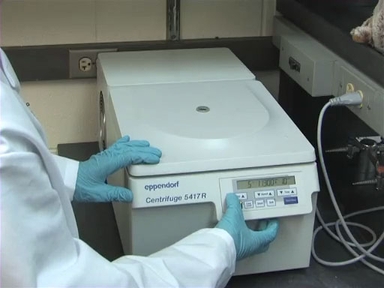
Introducción a la centrífuga
General Laboratory Techniques
489.6K Vistas
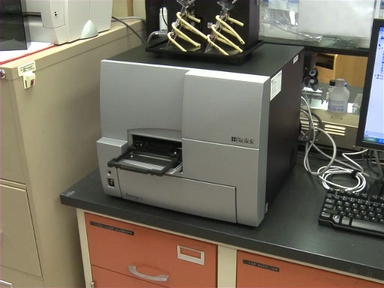
Introducción al lector de microplacas
General Laboratory Techniques
127.6K Vistas
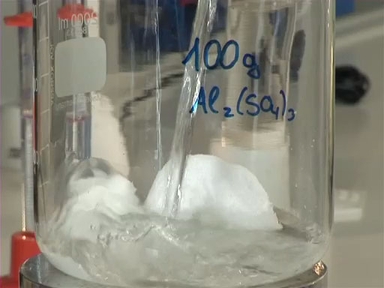
Concentraciones y medición de volúmenes
General Laboratory Techniques
216.3K Vistas
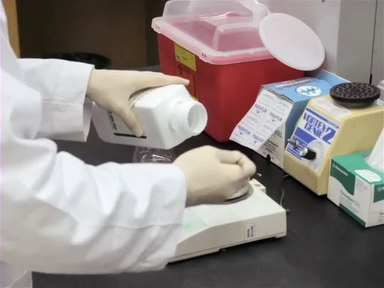
Creando soluciones en laboratorio
General Laboratory Techniques
212.0K Vistas
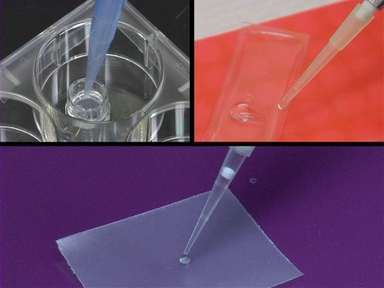
Introducción a la micropipeta
General Laboratory Techniques
587.8K Vistas
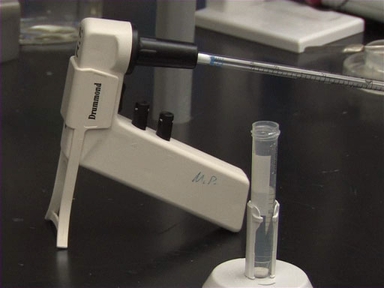
Introducción a las pipetas serológicas y a los pipeteadores
General Laboratory Techniques
219.6K Vistas
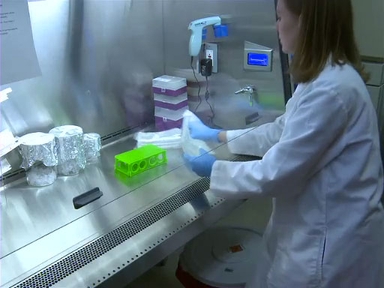
Una introducción al trabajo en la campana
General Laboratory Techniques
151.8K Vistas

Medición de masa en el laboratorio
General Laboratory Techniques
171.3K Vistas

Introducción al espectrofotómetro
General Laboratory Techniques
519.6K Vistas
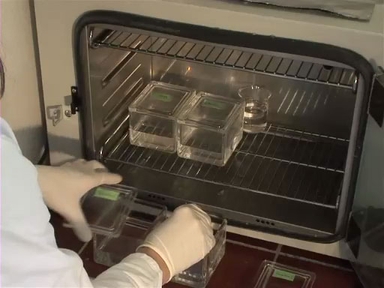
Preparación de muestras histológicas en la microscopía de luz
General Laboratory Techniques
241.1K Vistas
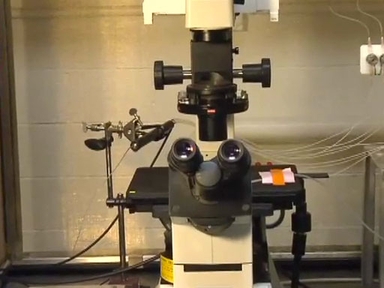
Introducción a la microscopía de fluorescencia
General Laboratory Techniques
350.5K Vistas
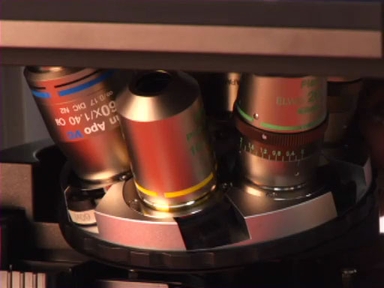
Introducción a la microscopía de luz
General Laboratory Techniques
816.5K Vistas

Regulación de la temperatura en el laboratorio: preservación de muestras usando frío
General Laboratory Techniques
65.8K Vistas
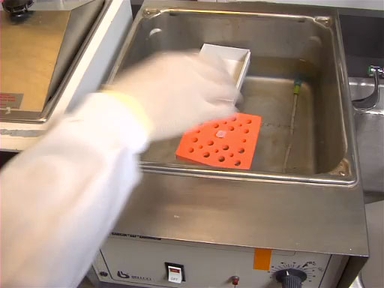
Regulación de la temperatura en el laboratorio: aplicación de calor
General Laboratory Techniques
81.5K Vistas
ACERCA DE JoVE
Copyright © 2025 MyJoVE Corporation. Todos los derechos reservados